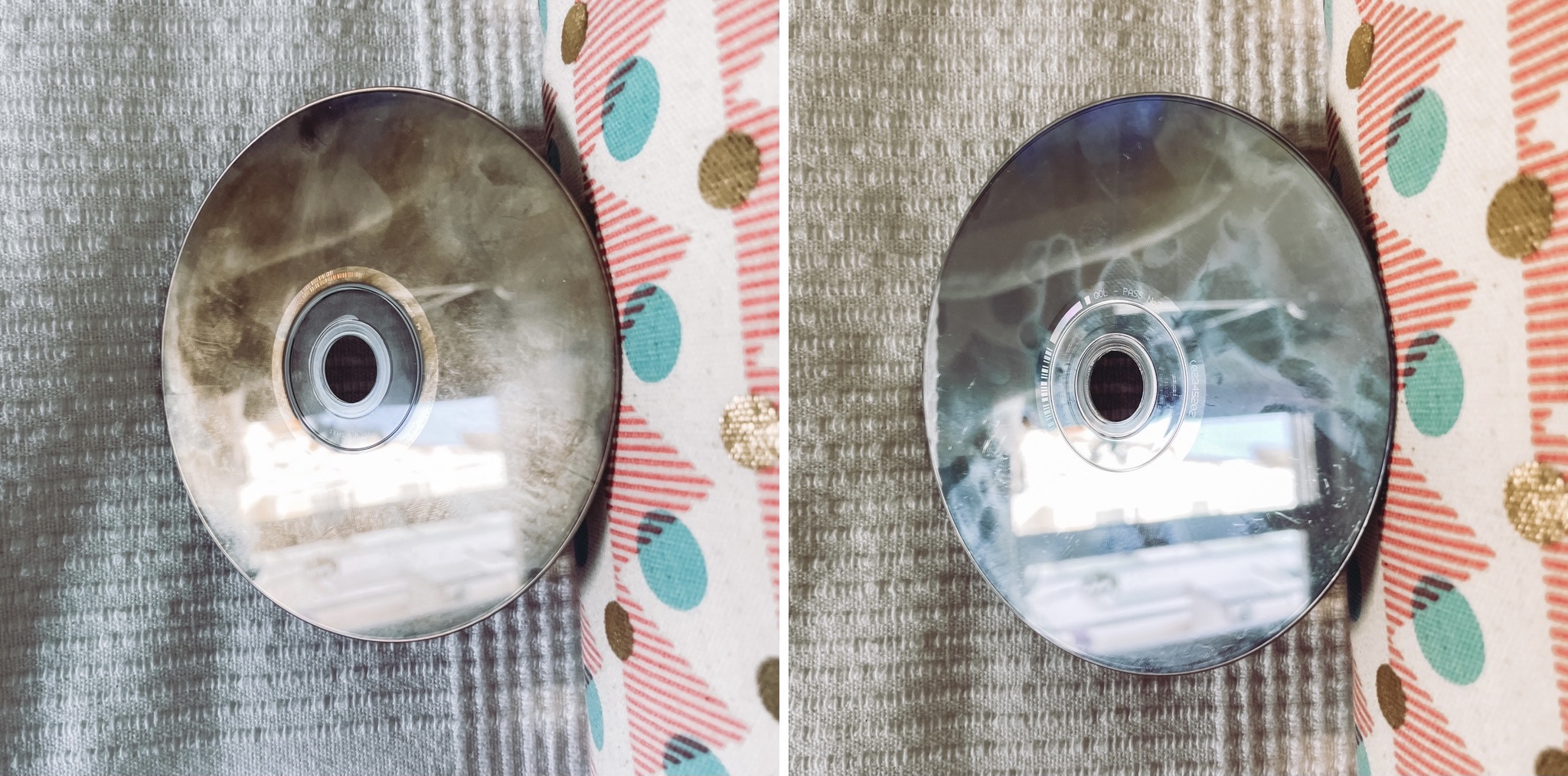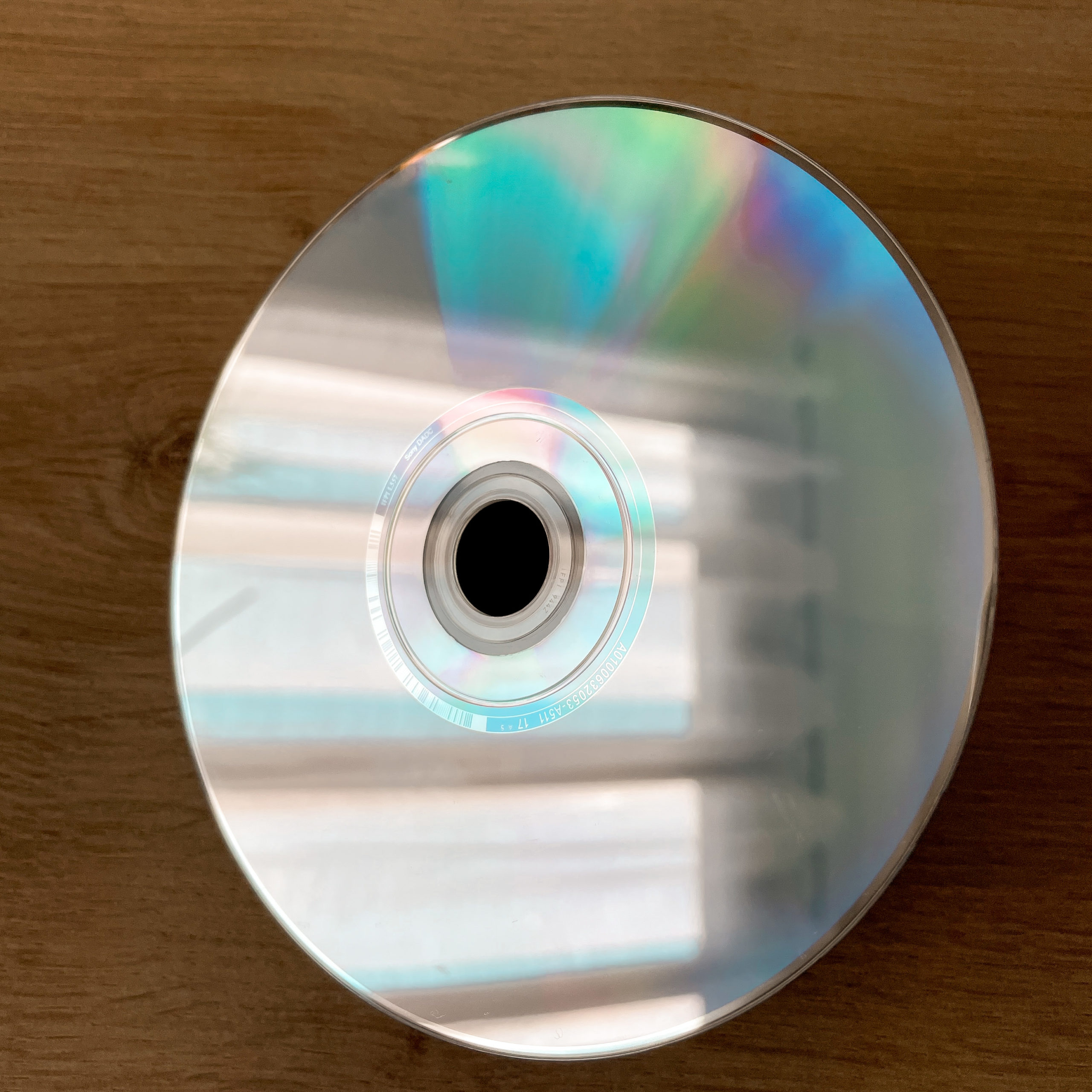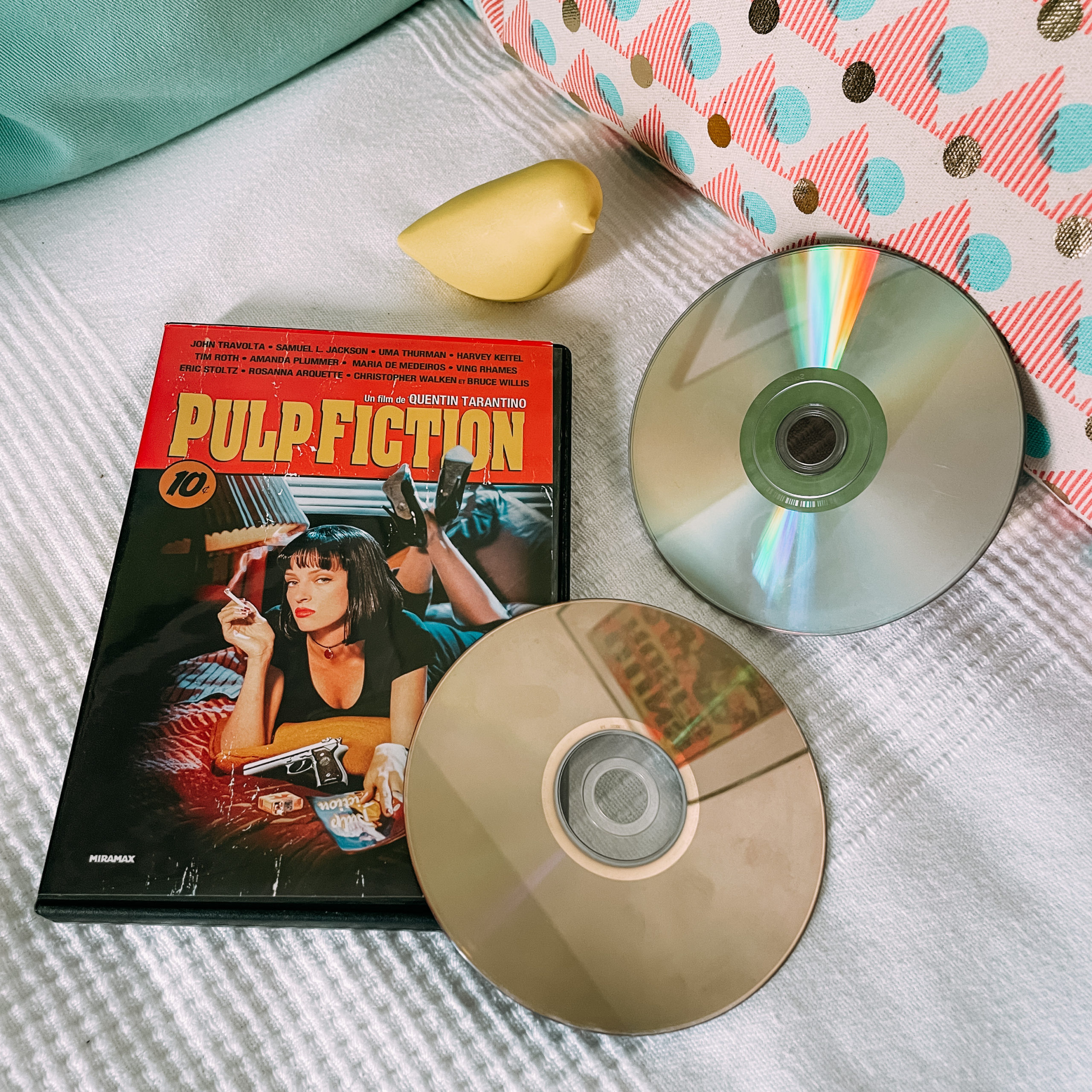“Art washes our soul from the dust of everyday life”
Pablo Picasso, 1881-1973, Housekeeper.
Hello, young padawan
Today, an upheaval of the blog publication schedule to tell you about something that could be useful to you if, like me, you find yourself one day in front of the impossible reading of one of your favorite movies, asking yourself what it might have happened. We will try for once to keep it short and efficient, but above all, the context.
After discovering (with horror !!) at the beginning of the week that some of my DVDs had a kind of opaque film in some places, trying to clean them in vain with a very gently microfiber wipe for glasses and find that the playing was still impossible, I went in search of knowledge, what am I saying, in search of the art of “repairing the lost DVD” with friends, colleagues, family, not to mention the famous “Mr. I-Know-Everything, ” A.K.A Google.
And on this occasion, I discovered fabulous things since all the eight DVDs concerned are now all capable of fulfilling their duties with pride, strength, and honor because we do not talk about it enough, but the sanity of the DVD is important – at least to keep yours.
Let’s go.
Art Lives Matter
To keep all our media in good condition, whether they are CDs, DVDs, vinyl, or else, as long as possible, there are fairly simple measures to put in place.
First of all, don’t do the two silly things I did: The DVD pouch and the hand cream. Let me explain. Indeed, I love to watch the same movies regularly. Some to cheer me up, others to play detective – even if I grant you, after watching it 40 times we know without a doubt who the killer is in “Seven” – some to motivate me, others because they are hilarious, in short, every favorite DVD is for a special mood. And so, to have easier access to them or to have them at my disposal when I am on the move, I stored them in a DVD sleeve. You know, the compartment pockets where you can put a dozen. I think it was not a good idea, since the only ones to have had a problem were those which were in this pouch … and probably also the fact that I always have some hand cream on and that I did possibly leave traces in the plastic films of the pouch or on the DVD itself.
Indeed, on the net, some seasoned enthusiasts specify that to keep our supports as long as possible, in addition to a ventilated, temperate and non-humid room, it is preferable to store them in their original plastic boxes. And they finally specify that it is better to choose an open bookcase rather than a closed cabinet, because of the risk of humidity. And to avoid fingerprints, postilions, and some other soiling that can harm the fragile polymers of the DVD (I talk about it below).
However, I learned something: a DVD has a shelf life. Did you know that? About 20 years. Is it only me who finds it a bit light? This phenomenon is called “disc rot” or disc degeneration, I’ll leave you to your research (you can take a look at source 1, ed).

What we can do
You want to watch one of your favorite films, your player refuses the disc, and here is the drama.
Here is (photo above) the strange phenomenon which appeared on some of my DVDs. Strange, isn’t it? I first thought of fingerprints, swiped a microfiber cloth on it, then tried with water, nothing. No improvement and the DVD player still refuses to read it.
After some research, this opaque layer is a kind of mold, a kind of DVD disease (and possibly CD’s). Indeed, “the polycarbonate layer, of which most discs are made, is a very vulnerable polymer, in particular to mold” (extract from source 3, ed). It’s an evolutionary process, so if you notice this concern on one of your discs, it is better to clean it up quickly or you risk seeing the problem spread over time.
What is this due to? Nobody agrees. Some speak of the quality of the DVD itself, others of humidity, some of “hot-cold” temperature changes which could be responsible for this phenomenon, for my part, knowing that my room is temperate and rather “too dry” than too wet (I have a device to measure the humidity level), the cause is not there. Hence my deduction from the combo “DVD pouch” and hand cream.
In short, the damage is done. So what can be done without risking damage?
1/ If the DVD is just dirty or greasy and a swipe of gentle microfiber wipe (like the ones for glasses, ed), even moistened is not enough: you can easily clean it with washing-up liquid and water, rub gently by hand or with a microfiber wipe, and rinse it with COLD water (hot water can loosen the different layers of the DVD). You can also spray some alcoholic window cleaner and wipe it with a gentle microfiber.
2/ If your DVD has a scratch: toothpaste (choose one that is not too aggressive, avoid “max white whiteness” toothpaste for example).
Just drop a dab of toothpaste locally, rub gently with your finger, rinse, dry well with a soft microfiber for glasses and it should be good. Repeat the process if the DVD player still cannot read it.
If the scratch is deeper (but not to the metal part, in which case, it’s over, ed), it is possible to put a little amount of lip balm or petroleum jelly on the scratch, to fill it, then scrupulously wipe off the excess with a microfiber wipe (at the risk of damaging your DVD player, so wipe well! ed). Thus the reader will be able to read through the scratch, thanks to the vaseline which will have filled the deep scratch. We learn some things on the net!
3/ If the DVD is contaminated with mold which makes it opaque (photo): dishwashing liquid and window cleaner do not work. The only solution I have found is the one for scratches, namely toothpaste.
All you have to do is placing a knob of toothpaste on the DVD, making small circles to distribute it with your fingers, then, using a dry microfiber glasses cloth, gently continuing the process for a few more seconds, adding a little ‘water to start diluting it, checking by removing a little toothpaste with a clean corner of the wipe, rinsing if the opaque layer has disappeared, or continuing if it is not all gone.
Not to mention to dry your DVD well not to damage your player, because I don’t want to do an article on DVD player problems next week, lol.
4/ If your DVD is very precious to you, like the first steps of your little baby, who now has a driving license and the right to vote, it is better to take it to a professional. Indeed, the re-surfacing of a disc costs around 5 bucks, so it is worth inverting to save your memories.

One of my DVDs that had many opacities, after cleaning with toothpaste. It is like new.
What we can’t do
1/ Anything that is too abrasive is to be avoided. Like scratching dish sponges, towels that are not soft enough, because they could cause micro-scratches.
2/ All products that are too aggressive, such as “exfoliating” whitening toothpaste (which, by the way, are not good for your tooth enamel either, ed) which could cause scratches making it impossible to read. Products based on clay and the like would be too aggressive.
3/ No hot water. You wash your DVD in cold water at the risk of peeling off the different layers between them.
4/ No white vinegar, bleach, nail polish remover, or any strong product. You’re not scrubbing your toilet, you just want to gently clean your movie so you can play it afterward.
5/ Make sure the DVD is clean, dry, and free from any toothpaste residue (or grease) before placing it in your player.
There you have it; I hope that these little bonus tips for movie lovers can be useful to you; one day, who knows, a small scratch or inconvenience can, unfortunately, happen quickly.
XO 🎥 🍿
Sources : (all in french, but you can ask google to translate it if you will, XO)
1/ Pourquoi vos vieux disques vont devenir inutilisables
2/ Les CD pourrissent peu à peu
3/Durée de vie et conditions de conservation des CD et DVD

